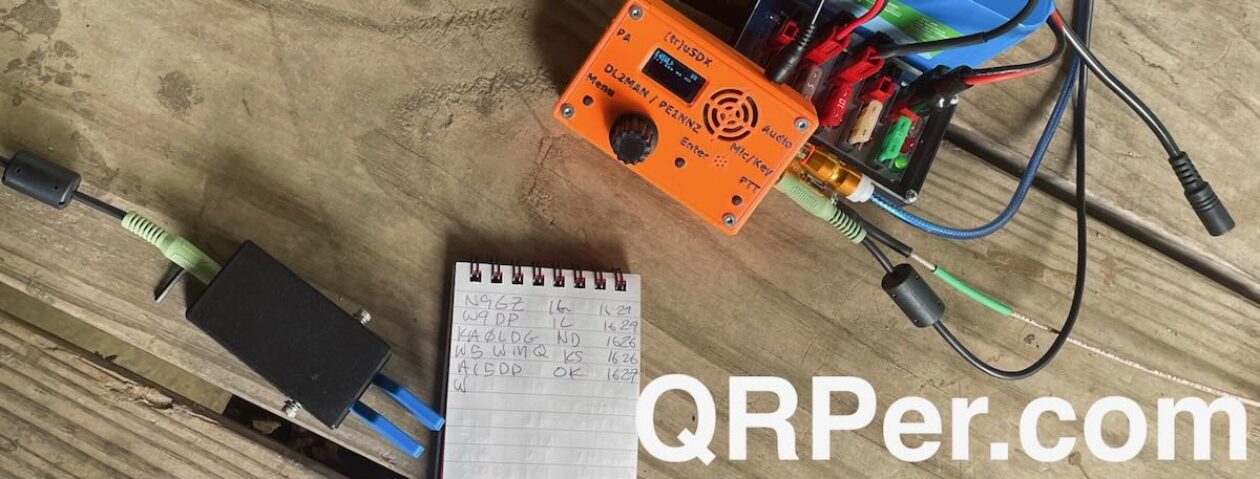 This spring, as we planned our two months of travel in Québec, Canada, I jotted down one location in particular that I wanted to visit: Baie-Comeau.
This spring, as we planned our two months of travel in Québec, Canada, I jotted down one location in particular that I wanted to visit: Baie-Comeau.
Baie-Comeau is located about 420 km (260 miles) northeast of Québec City on the north shore of the mighty St-Lawerence river. It’s a small city with a population of around 21,000 and is pretty darn isolated. For many travelers, Baie-Comeau is the last major stop before a long, lonely road journey north to Labrador City or further northeast along the St-Lawrence.
I’ve always wanted to visit Baie-Comeau and my wife and daughters were game to make a proper trip out of it!
While in Québec, we plotted the details of our trip to coincide with a good weather opening.
We packed our gear, left the home base near St-Anne-de-Beaupré on July 13, 2022, and drove up the St-Lawrence, crossing the Saguenay River by ferry, and on up to Baie-Comeau with a few stops along the way.

It’s a beautiful drive.
We reserved lodging at the Hôtel Le Manoir Baie-Comeau (an excellent hotel, if you ever find yourself overnight in Baie-Comeau). We’re frugal travelers, so this was a bit of a splurge, but the stay coincided with our 20th wedding anniversary, so why not?
I was very happy to see that the Manicouagan Uapishka Biosphere Reserve was on a hill only a short drive from the hotel. It was approaching dinner hour, so I didn’t want to fit in a late afternoon activation with the family; we had other plans that evening. My wife suggested instead that we check out the park and walk the trails before dinner which would allow me a bit of time to scope out an activation site.
Manicouagan Uapishka Biosphere Reserve (VE-0054)
We discovered that Google Maps doesn’t have the trailhead marked very well. It led us to a neighborhood street a short walk from the park. I remembered reading a note from a local (online) mentioning there was ample parking at “the church” so we drove to a beautiful church nearby and immediately spotted the trailhead. If you ever find yourself in Baie-Comeau, here are the coordinates for the trailhead.
Turns out, the church is no longer a church, but has has been converted into the headquarters for the park which is a part of the Jardins des glaciers.
There are some brilliant views of the St-Lawrence from the parking lot.
We quite easily found the trailhead of the sentier which led into the biosphere reserve. I used my GPS to confirm when we were well within the boundaries.
We enjoyed a scenic hike that evening.
As I mention in my activation video, this is one of the amazing things about doing POTA during travels: you discover so many incredible parks that would have otherwise gone unnoticed. My family truly appreciates this particular aspect of POTA. It opens the opportunity to find spots only locals might otherwise know about.
After our hike that evening, I had a pretty good idea where I could set up in the morning. We made our way back to the hotel and enjoyed dinner and a movie.
Morning activation
So that my activation time wouldn’t interfere with family plans that day, I scheduled an early morning activation for July 14.








































